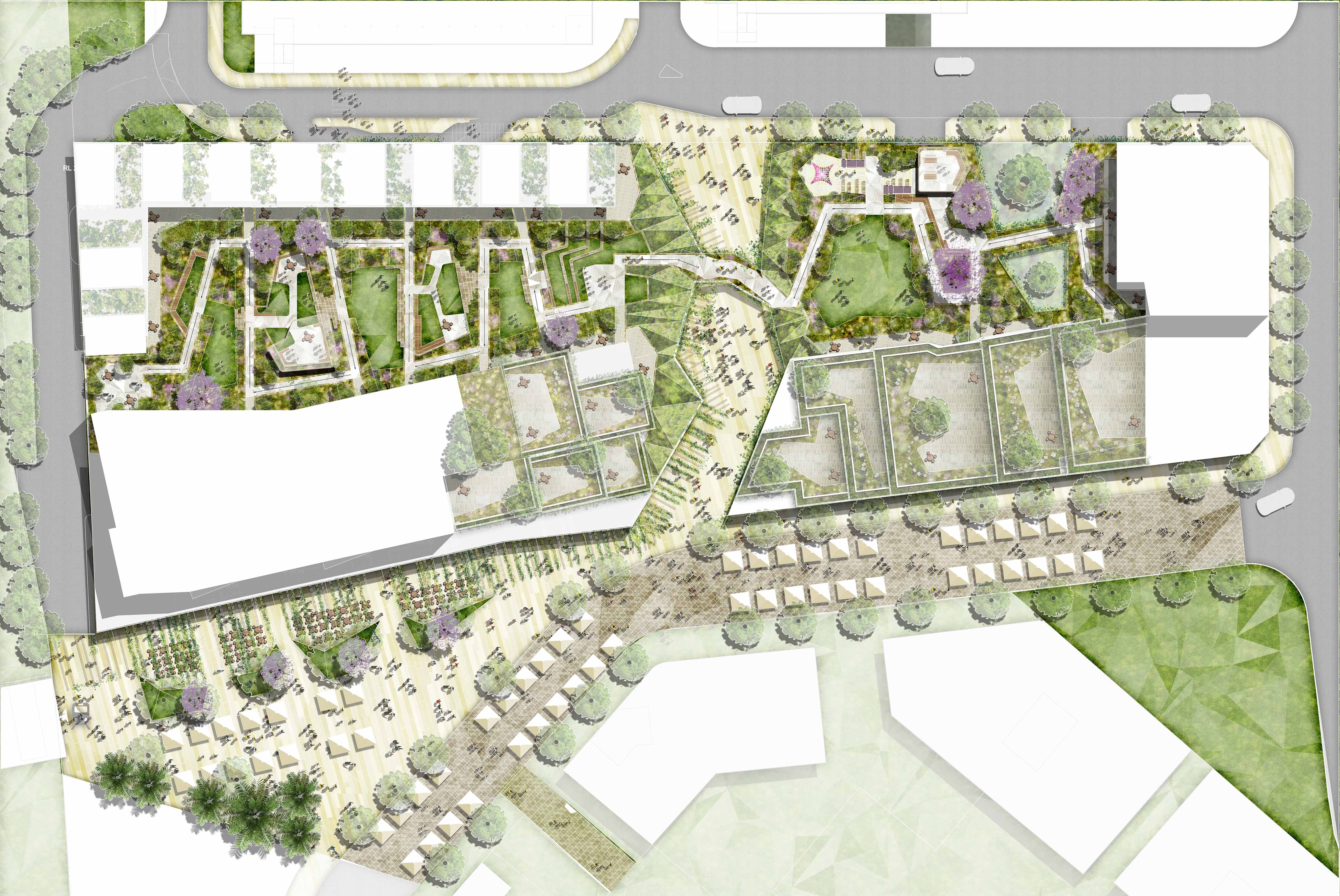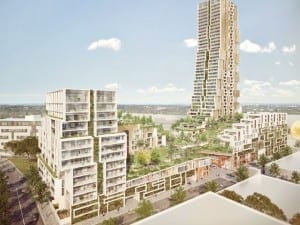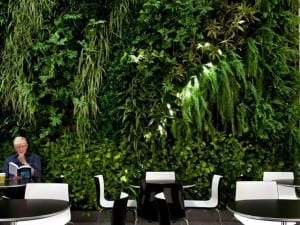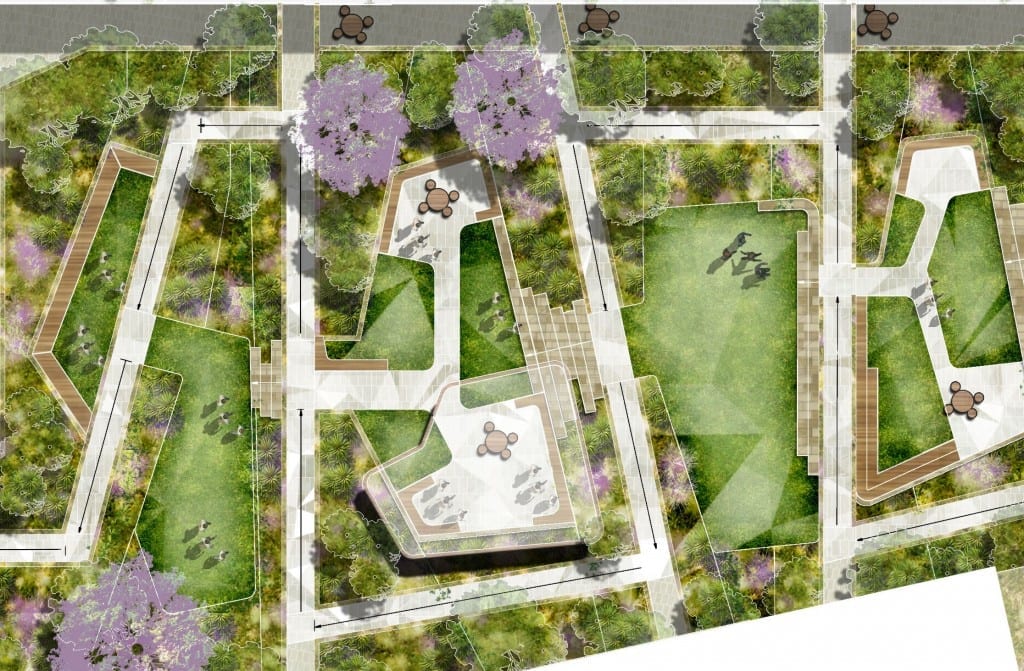By Matt Durning, Senior Landscape Architect
Sydney needs exemplary buildings that respond to and embrace our climate and showcase our city’s urban character and outdoor lifestyle. Openness, permeability and a strong connection with the natural environment are the main characteristics of well-designed cities.
Brisbane City Council recently released a document called ‘Buildings that breathe’ that provides designers, planners and developers with a set of guidelines that can be applied in most cities, illustrating how buildings in mixed-use inner city, transport corridors and principal regional activity centres should be designed to respond to local climate. ‘Buildings that breathe’ improve sustainability and identity by creating an enviable and lush urban environment that attracts investment and tourism, celebrates our lifestyle and stimulates economic activity.
These principles are:
- Orientate yourself
- Occupy outdoor spaces
- Illuminate with daylight
- Natural air and ventilation
- Shade and protect
- Living greenery
- Identity matters
- Reduce energy and waste.
Recently Arcadia and Turners Architects undertook a design of excellence competition for a new mixed use precinct in Penrith which included a 40 story residential tower, and the design focused strongly on the above principles.
Taking cues from the nearby iconic Blue Mountains, the proposed landscape will lightly fold, fracture and wrap over the development, blanketing the architecture in a soft green layer made up of native grasses, Eucalyptus, tree ferns and sandstone. Central to the site concept is the development of a single landscape gesture; the ‘Green Meadow’. A meadow is a cultivated piece of land that is allowed to grow naturally. The ‘Green Meadow’ will be a truly communal space shared by all residents.
The benefits of urban greenery and elevated sky gardens are extensive. Vegetation provides shade, reducing the urban heat island effect and cooling our public spaces. It contributes significant visual amenity and interaction with the natural environment, which has been proven to calm anxiety and contribute to overall health. Usable green spaces promote opportunities for physical activity and active lifestyles while fostering community interaction. Research also shows that urban greenery and elevated gardens increase property values.
- Design drivers – Key moves diagram
New developments that incorporate living greenery and vegetation enrich our urban experience and contribute to a vision for a distinct city profile that is open, green and healthy.









